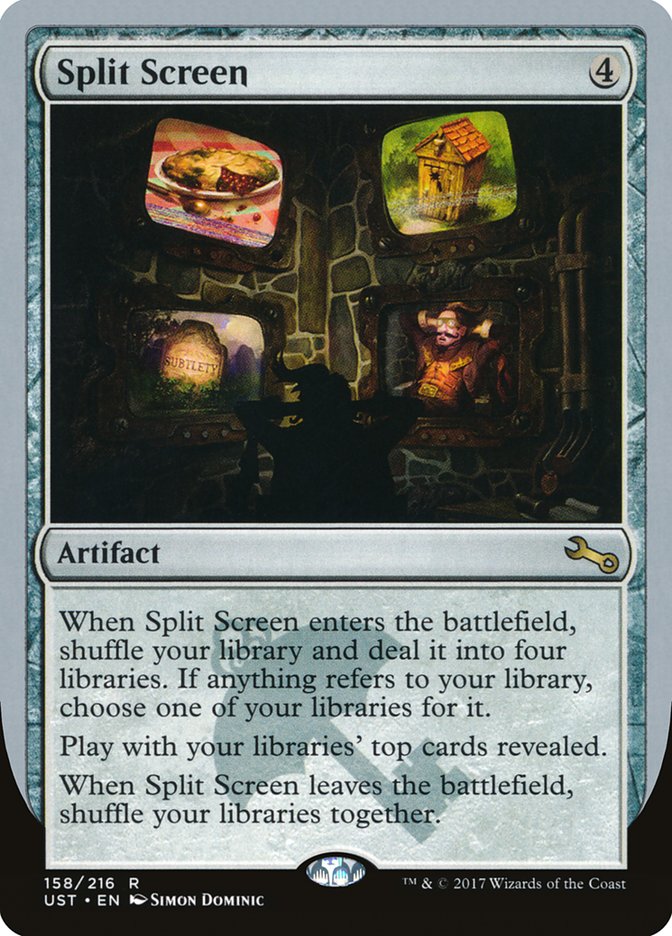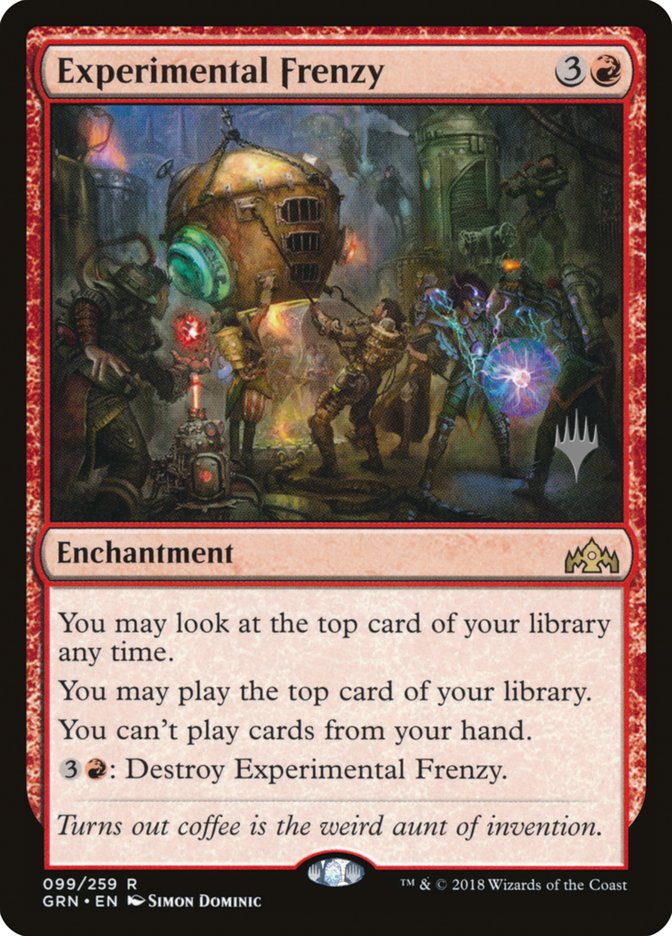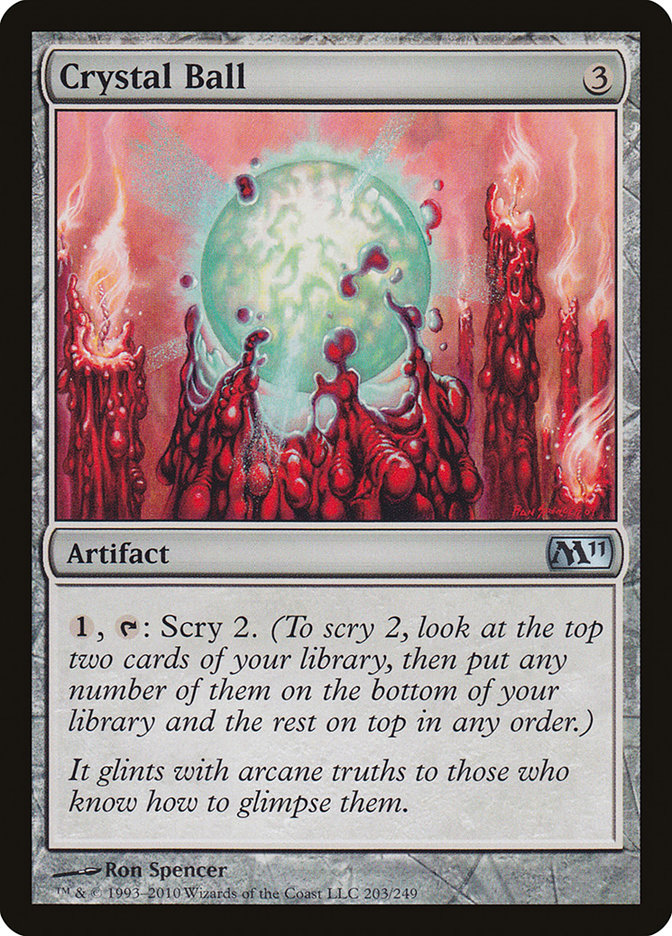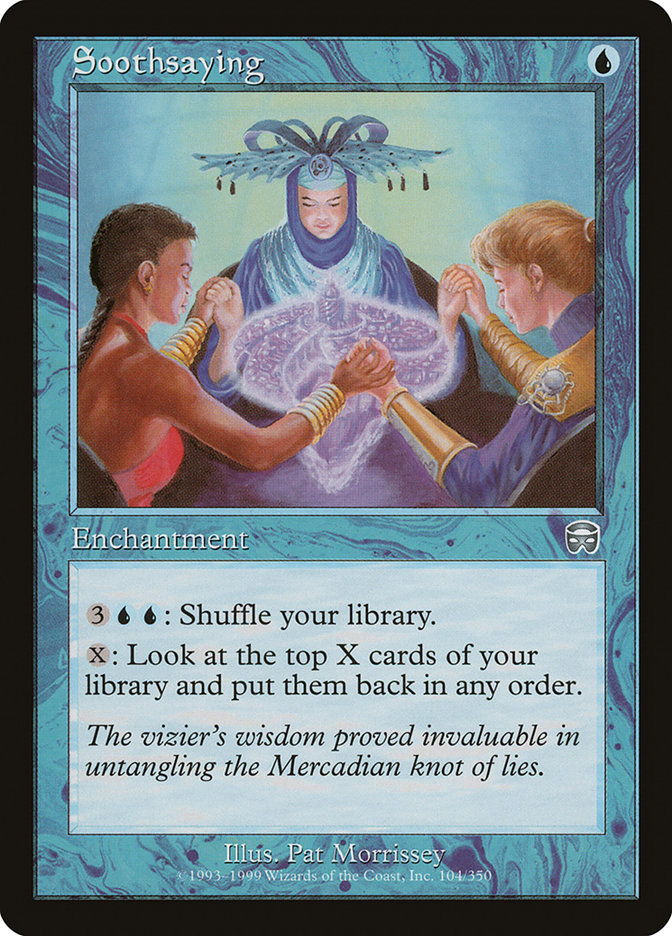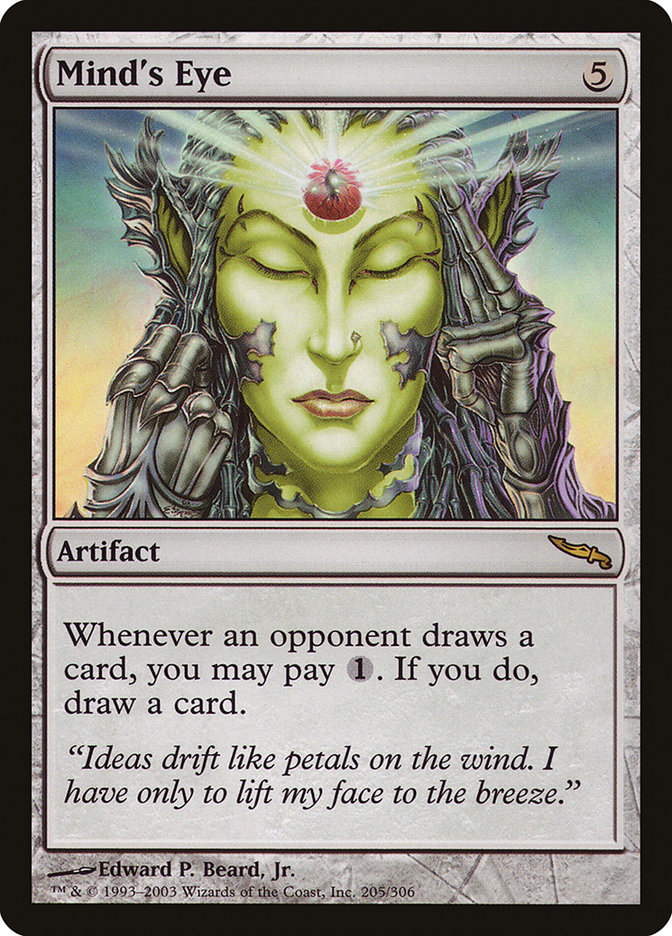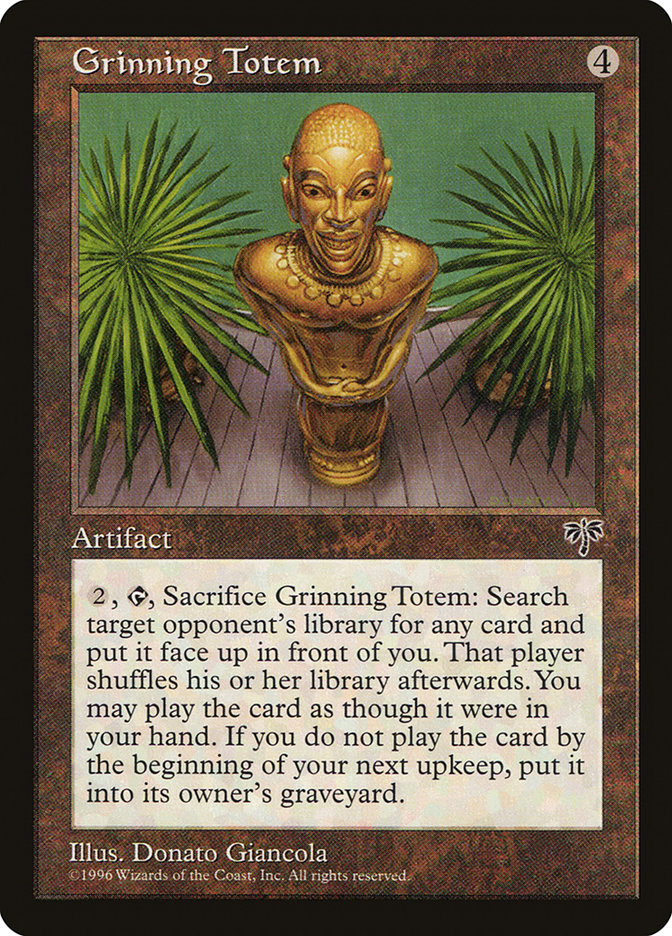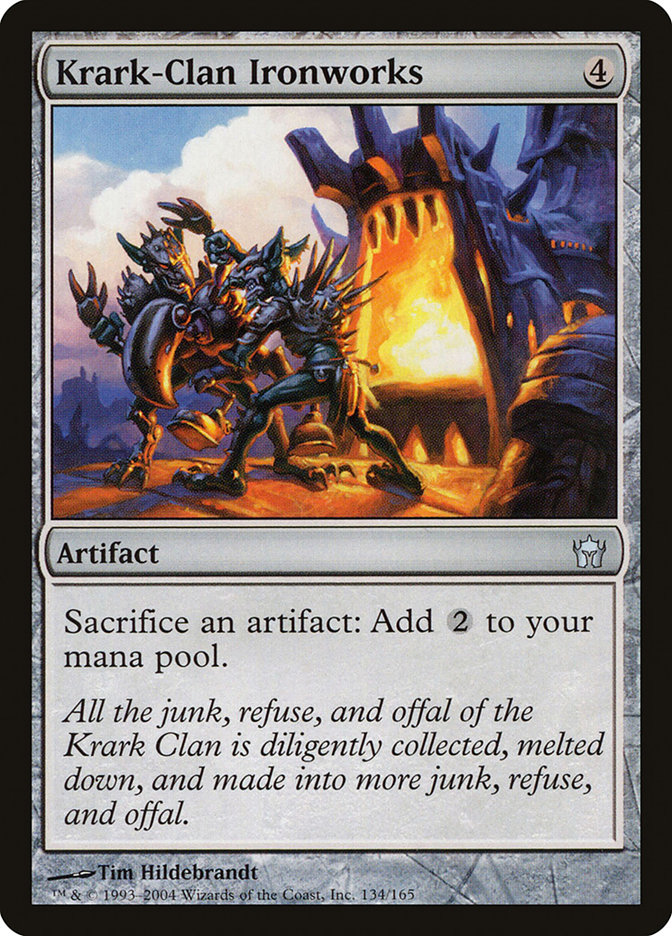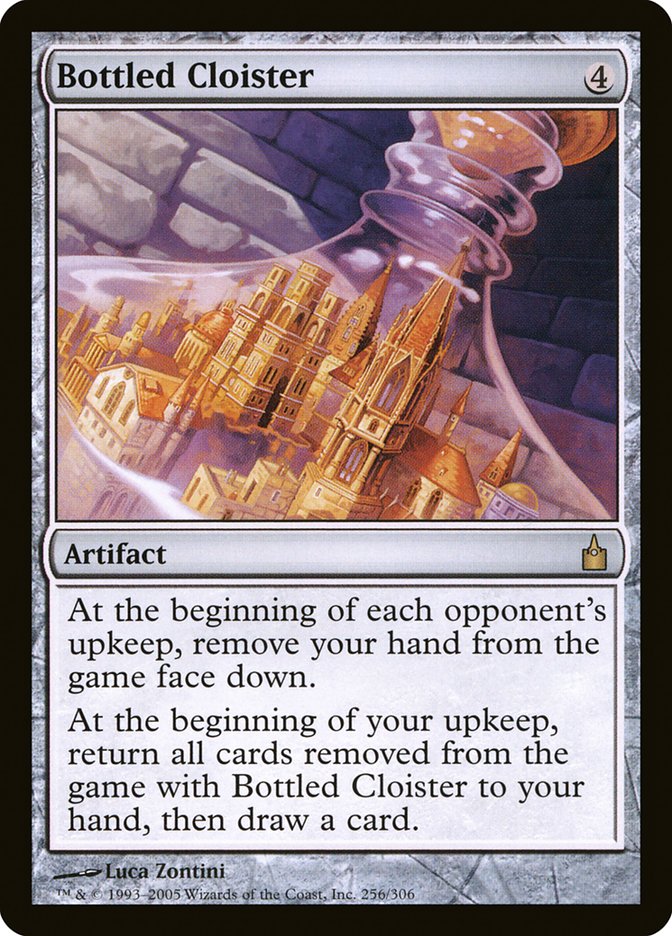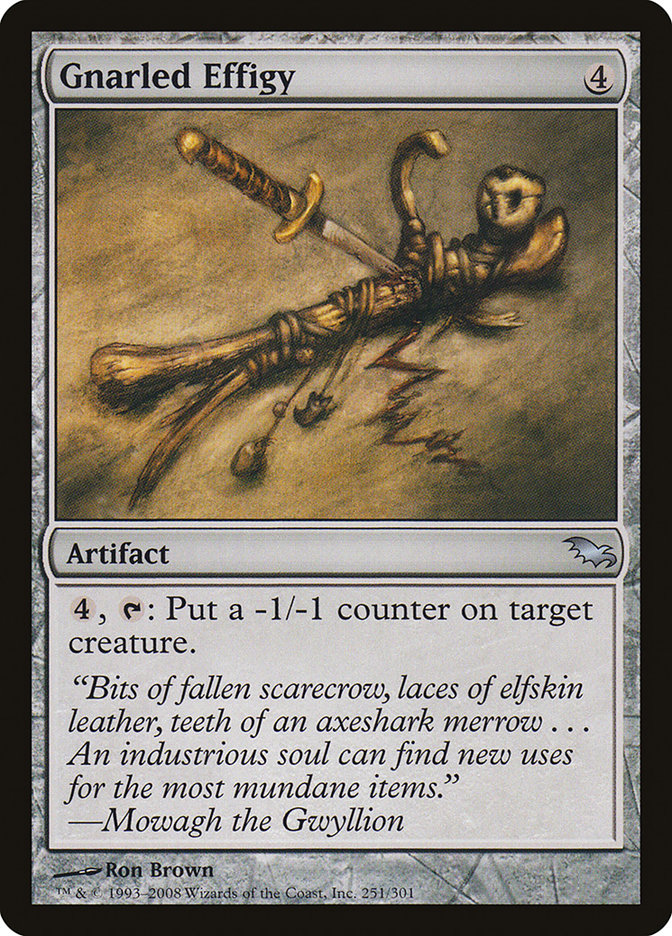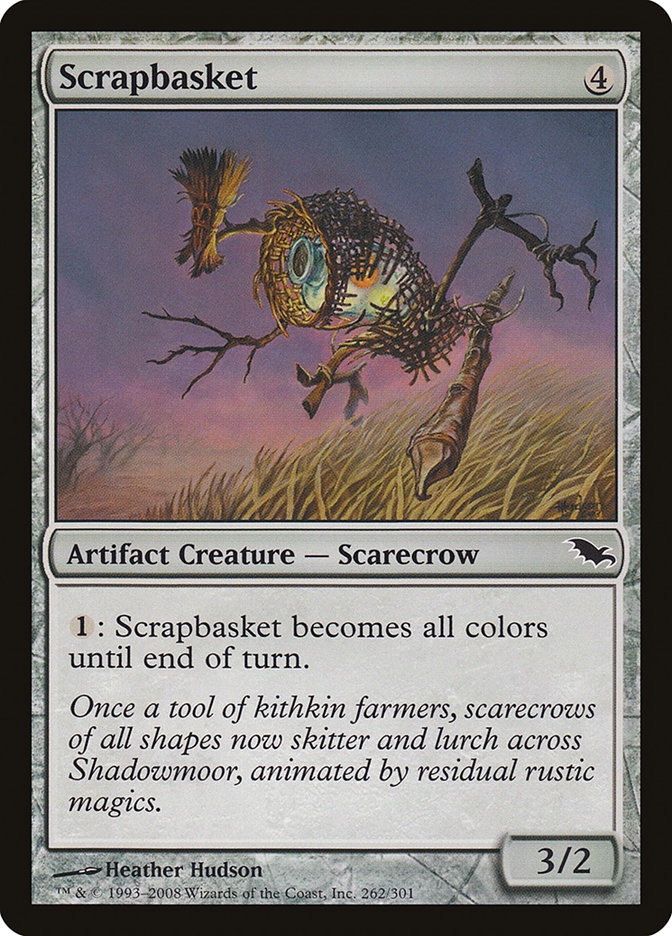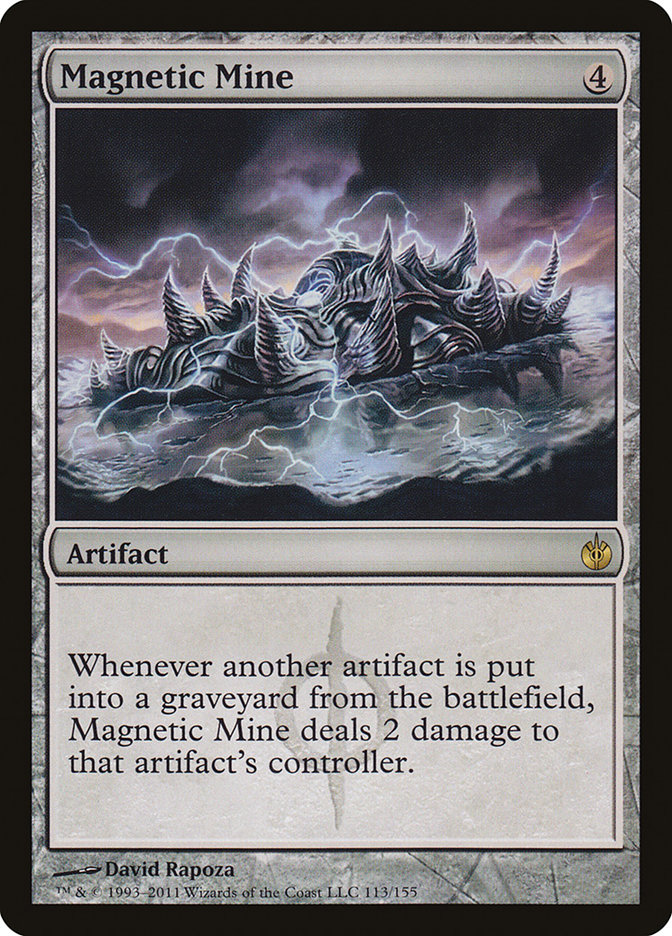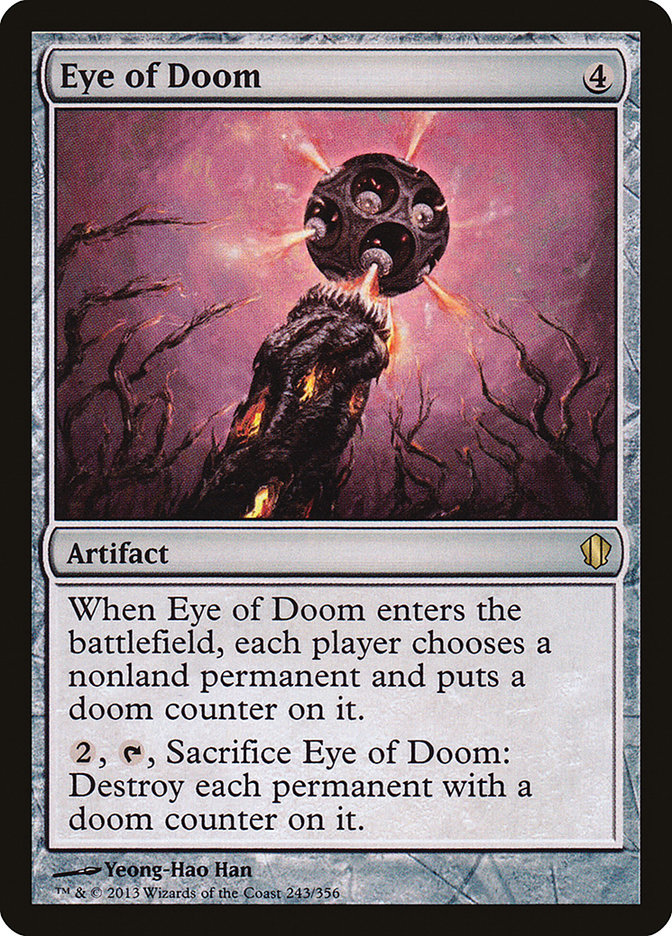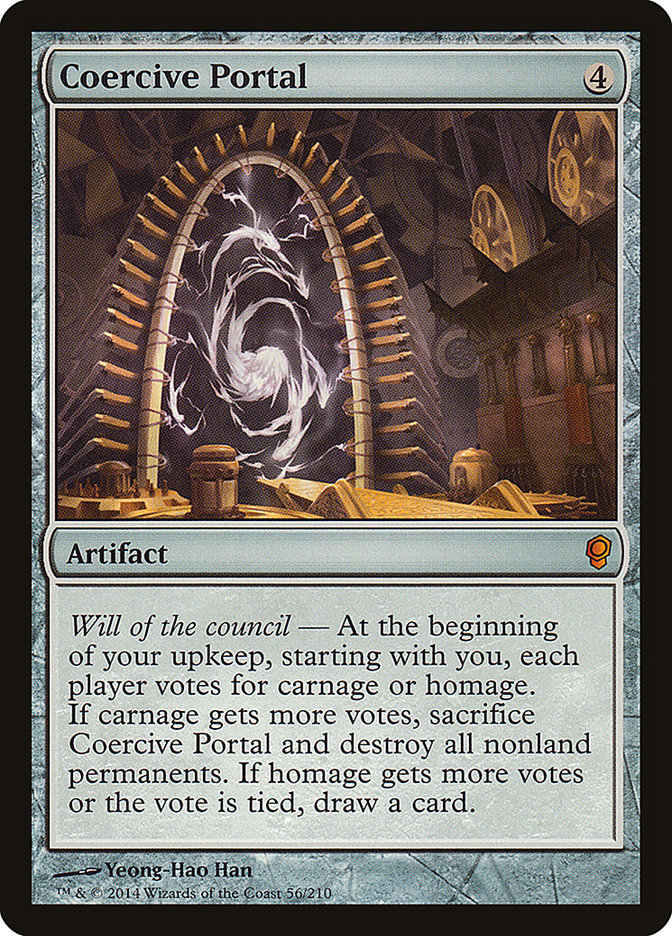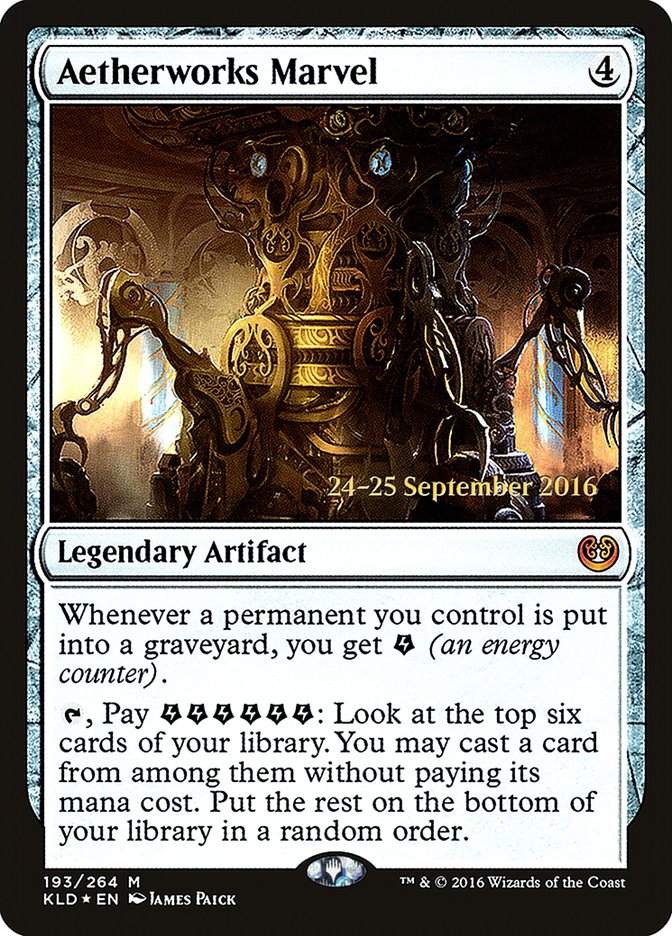Split Screen MTG Card
Text of card
When Split Screen enters the battlefield, shuffle your library and deal it into four libraries. If anything refers to your library, choose one of your libraries for it. Play with your libraries' top cards revealed. When Split Screen leaves the battlefield, shuffle your libraries together.
Cards like Split Screen
Split Screen is an innovative permanent that dives into the realm of deck manipulation in Magic: The Gathering. It can be likened to other cards like Experimental Frenzy, which affords you access to the top card of your library. Split Screen, however, uniquely allows you to play with the top card of four separate mini-libraries, giving a new layer of deck manipulation and potential card draws.
When we look towards Crystal Ball or Soothsaying, we see more tools for deck manipulation. Crystal Ball offers the scry ability, providing a controlled peek into upcoming draws, while Soothsaying allows you to manipulate the top of your library at will. Yet neither offers the branching pathways of game-play that Split Screen does. Furthermore, Mind’s Eye gives players card draw every time an opponent draws, but lacks the strategic deck structuring encouraged by Split Screen.
Split Screen has a unique spot among these cards, offering both a fun and complex strategy for those who want to intertwine their fate with the intricacies of their deck’s order. It’s a card that encourages careful planning and can pivot the course of a game with its multi-library dynamism.
Cards similar to Split Screen by color, type and mana cost
Card Pros
Card Advantage: A split screen card offers dual utility, providing players with the option to choose between two effects that could potentially optimize their hand and board state. This flexibility can result in significant card advantage, as players select the most beneficial effect according to the current game dynamics.
Resource Acceleration: Depending on the specific abilities of each side, these cards can offer valuable resource acceleration. For instance, one half might provide additional land drops or mana generation capabilities which are crucial for advancing your game plan ahead of the curve.
Instant Speed: If a split screen card can be played at instant speed, it greatly enhances strategic depth. This allows players to adapt reactively to their opponent’s actions, conserve resources until the most pivotal moment, and possibly disrupt the opponent’s strategy by introducing unexpected variables into the game at the end of their turn.
Card Cons
Discard Requirement: Split Screen cards often require the player to discard, diminishing hand advantage. This can be particularly taxing during crucial turns when maintaining card options is vital for strategic play.
Specific Mana Cost: Utilizing the Split Screen mechanic typically necessitates precise mana color combinations, which may not be readily available in all deck types, thus restricting its inclusion to decks that can fulfill the color requirements.
Comparatively High Mana Cost: The mana cost for initiating the Split Screen effect can be on the higher end, making it less accessible in the early game and potentially less appealing compared to lower-cost alternatives that accomplish similar outcomes.
Reasons to Include Split Screen in Your Collection
Versatility: The unique function of a Split Screen card allows players to play with the top four cards of their library revealed, and use them as separate libraries. This trait gives a strategic edge across various deck types, potentially enhancing strategies in a multiplicity of gaming scenarios.
Combo Potential: Given its capability to manipulate the library, Split Screen synchronizes well with effects that shuffle your library or benefit from having multiple options at your disposal, setting the stage for game-altering combinations.
Meta-Relevance: In a meta where library manipulation and card advantage are key, Split Screen offers a way to maximize draw potentials and provides a broader selection of choices each turn, ensuring consistent performance against a wide array of opponents.
How to Beat Split Screen Magic Card
Split Screen is a unique artifact originating from the Unstable set that allows players to play with the top card of each of four libraries revealed. It requires a strategic approach to nullify its effects and maintain control over the game. When playing against Split Screen, addressing the card quickly is crucial to prevent your opponent’s advantage from growing. To counteract this card’s benefits, consider relying on artifact destruction cards like Abrade, Nature’s Claim, and Shatterstorm. These provide a direct and effective solution to remove the Split Screen from the battlefield and consolidate the opponent’s libraries back into one.
Disruption also plays a key role. Hand attack spells such as Thoughtseize or Inquisition of Kozilek can remove Split Screen before it’s even played. Alternatively, counterspells – from classic ones like Counterspell to more recent printings like Dovin’s Veto – prevent Split Screen from hitting the field altogether. These methods not only handle Split Screen directly but can also impede the opponent’s overall strategy.
Lastly, remember that Split Screen diversifies an opponent’s draws but does not inherently provide card advantage. Prioritize maintaining a strong board position and card advantage yourself to outpace the potential benefits that Split Screen offers your opponent. By utilizing these tactics, you can effectively minimize the impact of Split Screen in your matches.
Where to buy
If you're looking to purchase Split Screen MTG card by a specific set like Unstable and The List (Unfinity Foil Edition), there are several reliable options to consider. One of the primary sources is your local game store, where you can often find booster packs, individual cards, and preconstructed decks from current and some past sets. They often offer the added benefit of a community where you can trade with other players.
For a broader inventory, particularly of older sets, online marketplaces like TCGPlayer, Card Kingdom and Card Market offer extensive selections and allow you to search for cards from specific sets. Larger e-commerce platforms like eBay and Amazon also have listings from various sellers, which can be a good place to look for sealed product and rare finds.
Additionally, Magic’s official site often has a store locator and retailer lists for finding Wizards of the Coast licensed products. Remember to check for authenticity and the condition of the cards when purchasing, especially from individual sellers on larger marketplaces.
Below is a list of some store websites where you can buy the Split Screen and other MTG cards:
 BUY NOW
BUY NOW BurnMana is an official partner of TCGPlayer
- eBay
- Card Kingdom
- Card Market
- Star City Games
- CoolStuffInc
- MTG Mint Card
- Hareruya
- Troll and Toad
- ABU Games
- Card Hoarder Magic Online
- MTGO Traders Magic Online
See MTG Products
Printings
The Split Screen Magic the Gathering card was released in 2 different sets between 2017-12-08 and 2022-10-07. Illustrated by Simon Dominic.
| # | Released | Name | Code | Symbol | Number | Frame | Layout | Border | Artist |
|---|---|---|---|---|---|---|---|---|---|
| 1 | 2017-12-08 | Unstable | UST | 158 | 2015 | Normal | Silver | Simon Dominic | |
| 2 | 2022-10-07 | The List (Unfinity Foil Edition) | ULST | 60 | 2015 | Normal | Silver | Simon Dominic |
Rules and information
The reference guide for Magic: The Gathering Split Screen card rulings provides official rulings, any errata issued, as well as a record of all the functional modifications that have occurred.
| Date | Text |
|---|---|
| 2018-01-19 | If one of your libraries is empty, you won’t lose unless you try to draw from that one. Don’t do that. If all of your libraries are empty, you may not have much choice. |
| 2018-01-19 | If you also control Yet Another Aether Vortex, any of the four revealed cards that are permanent cards will also be on the battlefield. |
| 2018-01-19 | If you cast Animate Library after Split Screen, Animate Library will be attached to only one of the four libraries. This is true even if you cast them in the other order. |
| 2018-01-19 | If you cast a second Split Screen, one of your four libraries will itself become four libraries. You’ll end up with seven libraries. If one Split Screen leaves the battlefield, you’ll shuffle all your libraries together. The other Split Screen will still apply, so you’ll play with the top card of your one library revealed. When that one leaves the battlefield, you’ll shuffle your library. |
| 2018-01-19 | If you draw a card, you can draw from any of your four libraries. |
